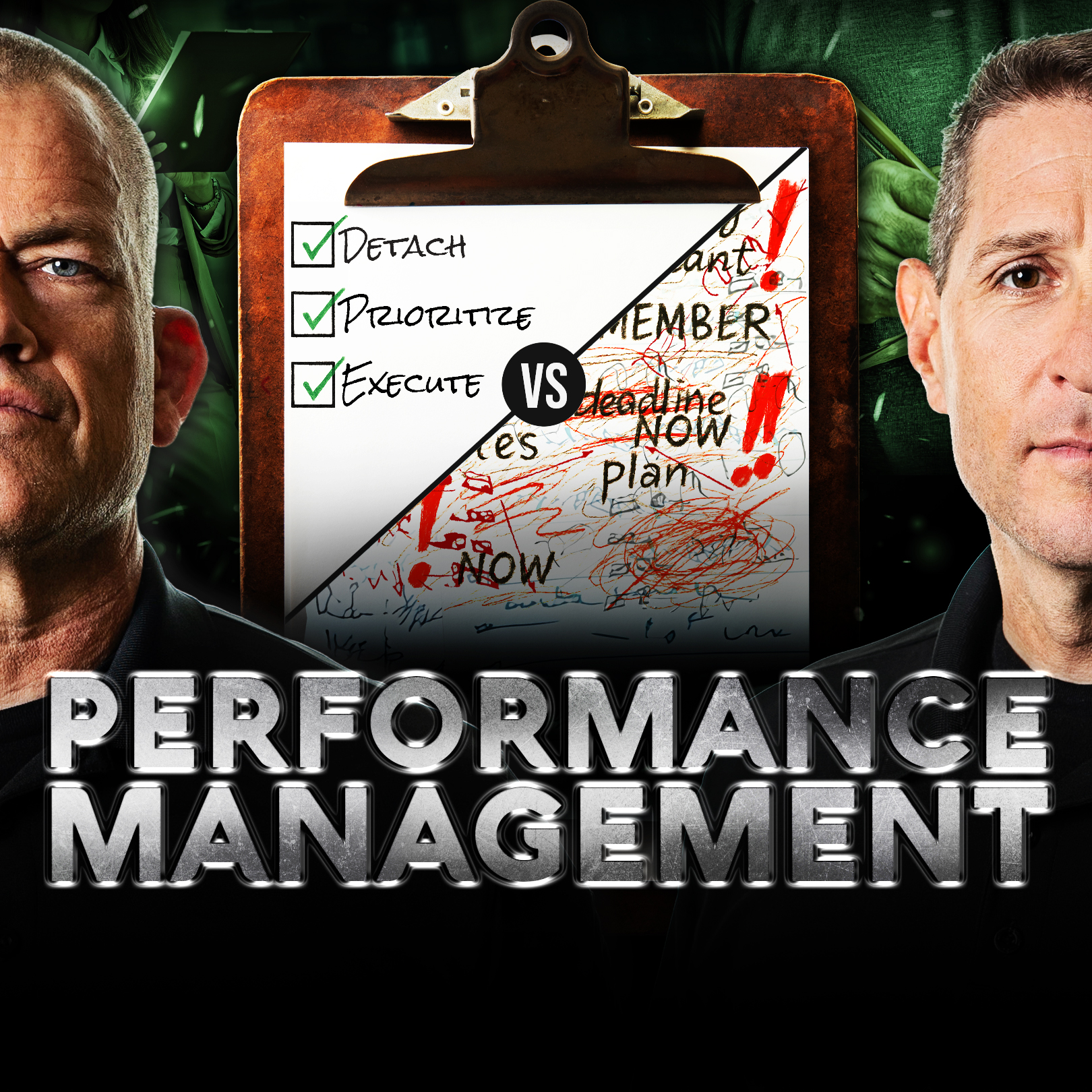In today’s rapidly evolving business environment, understanding what are skill gaps in the workplace is crucial for maintaining a competitive edge and successful workforce. Skill gaps represent the difference between the skills required for a job and the skills employees currently have. Addressing these gaps is essential for boosting productivity, enhancing employee engagement, and ensuring organizational success.
What Are Some Examples Of Skill Gaps In The Workplace
How do you identify skill gaps in the workplace? In order to discover these gaps, it is important to do a thorough analysis of current job roles and responsibilities and the competencies required for each position. Employers can assess skill gaps through performance reviews, employee feedback, or comparing performance outcomes against industry standards or an internally established level. This assessment helps in identifying specific areas where employees may lack the necessary skills to excel at their jobs. For example, ranking negotiation skills and CRM management for a sales rep against the standard at the company can help identify where there are gaps. Evaluating teams on the values or objectives that are important to the company is another way to look at gaps and draw insight into opportunities for improvement.
Tools and Techniques
There are a number of tools that can be utilized to identify skills gaps. Something as simple as feedback on performance reviews to a spreadsheet with skills listed and rankings to more advanced skills management software. There are pros and cons to all of these methods but utilizing skills audits and competency assessments are effective strategies for identifying skill gaps. These tools help in creating a clear picture of where improvements are needed and aid in planning developmental strategy tailored to individual and organizational needs.
Addressing Skill Gaps
After identifying what are skills gaps, addressing them involves a thoughtful investment in training and development programs. Tailored training initiatives that focus on specific needs can significantly enhance the capabilities of your workforce. There are a variety of methods you can use, whether it’s on-the-job training, professional courses, or workshops, each educational opportunity helps to bridge the skill gaps.
One of the most common challenges our clients face is moving a technically skilled worker who has been a strong performer into a leadership role. This person is often in their first leadership position and has not had training and doesn’t know how to lead. This happens at organizations in every industry and leadership can be one of the biggest skills gaps that can impact the overall performance and success of a company. Unless the company invests in these leaders and provides them with leadership training, the skills gap will continue to grow and that can not only affect everyone on the direct team but will have additional negative impacts across the entire organization.
Leveraging Technology
Incorporating technology can also play a pivotal role in closing skill gaps. E-learning platforms, virtual simulations, and online courses offer flexible and efficient methods for employees to acquire new skills or refine existing ones. These technologies are especially effective in catering to diverse learning preferences.
Technology can also be a great tool because it often allows for self-paced work. The Extreme Ownership Academy has a myriad of on-demand courses that can help leaders in every capacity. The flexibility of this platform means that leaders can prioritize training when it works for them so they can stay focused on what they are learning and apply those skills and tactics to their work and life. This is not the only way to address a skills gap, but when paired with a larger training program, these lessons can be excellent supplements to enhance employee knowledge, talent, and self-confidence.
Strategic Workforce Planning
To effectively manage skill gaps in the workplace, organizations must align their skill development programs with their strategic goals. This alignment ensures that as the company grows and its strategy evolves, the workforce is capable of supporting new directions and innovations.
At Echelon Front, we believe leadership is a skill which means anyone can get better but also will require practice and repetition. Critical to successful adoption and application of any skill, the most effective programs have multiple touch points and use different modalities, increasing the effectiveness and acumen of the necessary skills.
Conclusion
Understanding and addressing skill gaps in the workplace is essential for any organization aiming to thrive in a dynamic business landscape. Don’t let skill deficiencies slow down your progress. Build a cohesive and high-performing leadership team. Enroll today in Echelon Front’s Leadership Development and Alignment Programs (LDAP’s) at echelonfront.com. These comprehensive programs equip your leaders with the skills and strategies to drive team success, create a unified vision, and propel your business forward.. By investing in your workforce it shows that you care about your employees, their development, and how important their work is to the success of the business. The outcome is a foundation for sustained success and innovation.



